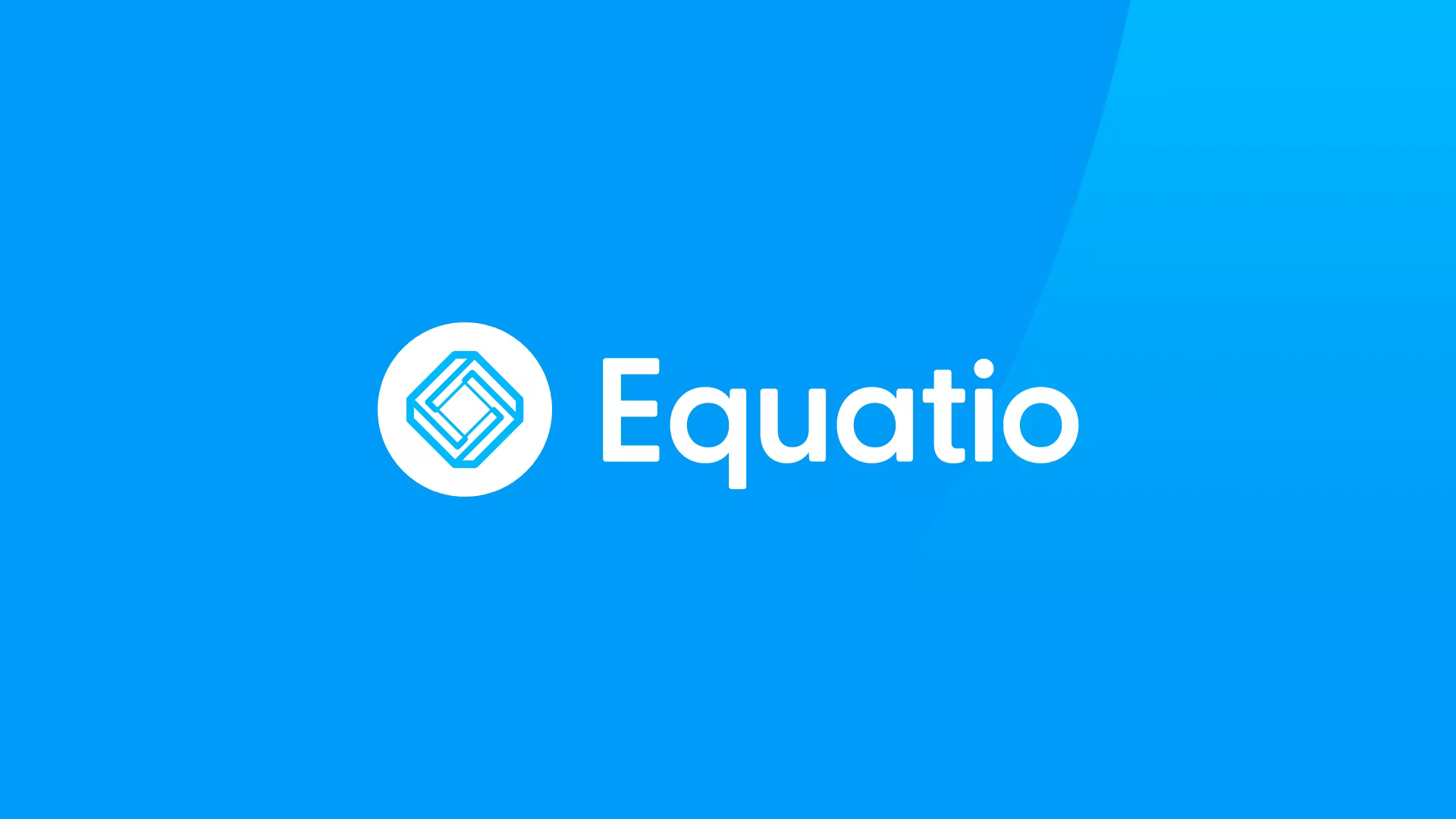Julie LaChance
Julie LaChance, technology facilitator at Northwest Cabarrus High School, was named ISTE's Outstanding Young Educator for 2010. In 2009, she was named North Carolina Instructional Technology Educator of the Year. LaChance has worked closely with her school improvement team and others to create a modern computer lab with SMART Boards, animation stations, podcasting centers, iPod cart and full working lab. She founded NC Second Life Educators, an educational group in Second Life dedicated to helping teachers use the virtual world in the classroom and for sharing general educational ideas, and EDTECH Retreat, which assists with educational endeavors in Second Life.
T&L contributing editor Matt Bolch spoke with Ms. LaChance about her views on Second Life and edtech.
What role does Second Life have in K-12 education?
Second Life, or any virtual world for that matter, has a large impact on education in varying ways. I have used it mostly as a professional development tool. Teachers can "walk" into a virtual world, connect with teachers all over the globe and discuss or problem solve issues facing education today. It really is a fantastic social networking tool that allows people to create strong connections in the education community.
The other way virtual worlds can be a positive impact on education is with the students. I have been fortunate enough to watch students on the reaction grid recreate an entire historical village (Michigan Island with Haley Swansong. Her real life name is Kellie Irish). As part of this project, the students had to learn what buildings looked like during that period, how people dressed, etc. This opportunity allows the students to become fully immersed in their learning and proves a strong understanding of the concepts linked with the lesson.How do you juggle bringing new technology into a school with keeping existing technology relevant to education?
Just because a new technology is being introduced does not necessarily mean that the existing technology has to be pushed aside. I usually encourage teachers to not only learn one new technology each year but also to take what they're currently using and "fluff it up" with a new technique. Many times there are lots of valid uses for existing technologies so we as educators should not be so quick to throw them aside because we have something flashy and new sitting next to it. I also think it is important to keep existing technologies as long as they are useful because it allows teachers to find something they feel comfortable using and to perfect it as a learning tool.Has your life changed any since being named ISTE's Outstanding Young Educator? How?
It most certainly has. Probably the biggest way is that it has opened many unexpected doors for me. Just having my name out there a little more to the world network has been a tremendous plus. It, along with a new job, has also made me take a step back and look at what is most important for learning with technology. I've had many opportunities to do large scale projects involving installation of new equipment (smartboards, computer labs, etc.) but now I want to take some time to get down to the basics and work more closely with the teachers to make sure they're comfortable with the instructional application of the technologies they have available to them. There are many resources out there, but the difficult task is finding the good ones and then using them correctly with students while making sure they align with state and national standards.
Tools and ideas to transform education. Sign up below.
